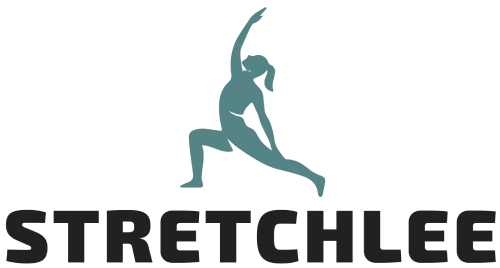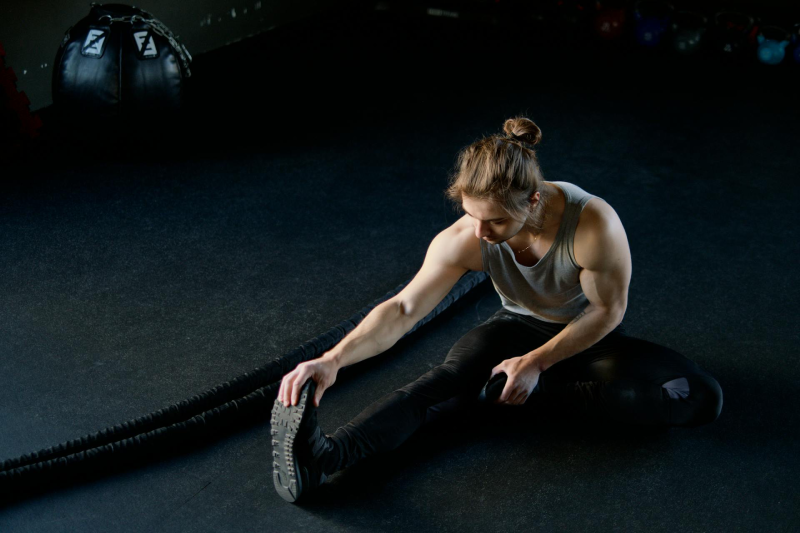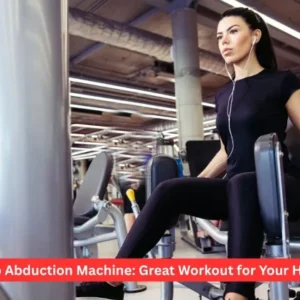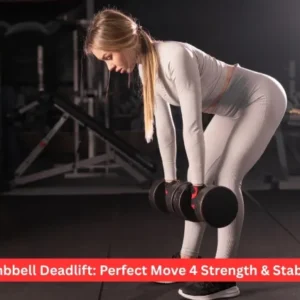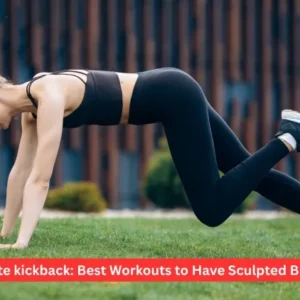The muscle groups we will discuss today are part of the tendons and muscles that line the back and sides of the lower leg, called the calf. Before we talk about how to stretch Gastrocnemius and Soleus, it’s important to know more about these muscle groups. The gastrocnemius muscle is a huge muscle located right behind the rear of the knee, whereas the soleus muscle is a lengthy muscle located on the side and bottom portion of the calf.
Through the Achilles tendon, both are joined to the heel.
Anatomy of Calf Muscles
The gastrocnemius and soleus are the two primary muscles that make up your calf muscle. Some healthcare experts describe the gastrocnemius and soleus as one major muscle with two portions because these two muscles join together above your heel to create your Achilles tendon.
Gastrocnemius
Located directly beneath the dermis at the rear of your lower thigh is the gastrocnemius muscle. Your gastrocnemius is commonly visible because of its proximity to the skin’s layer. Two lobes that begin on the inside and extend out of your thighbone make up the upper portion of your gastrocnemius.
The gastrocnemius muscle descends to the rear of the ankle and joins the Achilles tendon. Due to muscular connections to two joints, gastrocnemius injuries are frequent.
Soleus
The flat, broad soleus muscle is situated somewhat deeper than the gastrocnemius muscle. It attaches to your Achilles tendon beyond your heel after beginning shortly after your knee and traveling down your lower leg. Because the soleus muscle only traverses the ankle joint, soleus fractures are less prevalent.
Your tibia and fibula are connected to your soleus. Your soleus assists your gastrocnemius in assisting you in walking, running, and jumping. Additionally, it supports you so that you may keep proper posture with your legs.

How To Stretch Gastrocnemius And Soleus?
Following are the different ways to learn how to stretch gastrocnemius and soleus muscles.
Gastrocnemius Stretches
The set of muscles in the rear of the calf is called the gastrocnemii.
The gastrocnemius medialis and lateralis are two muscular strips that originate immediately above the knee joint and descend.
These muscles are crucial to the physiology of the lower extremities and have been linked to conditions including metatarsalgia, plantar fasciitis, and Achilles tendinopathy. Here are instructions on how to do these particular stretches for the gastrocnemius muscles.
Wall Stretch
Start by confronting an arm’s length apart from a straight wall. With your undamaged leg, take a big step ahead and put your palms on the wall. Now, while maintaining your heel level on the ground, stretch the knee on the afflicted leg. Next, bend your body in the direction of the wall until you feel your calf being stretched.
Stair Stretch
To treat a foot ailment, use this stretch. Start at the lowest step of a staircase or a modest step. To keep your equilibrium, cling to the railing or banister.
With your injured foot, put it directly behind you such that the heel falls over the brink of the foot and the ball stays on the step.
Lean your whole weight through the affected leg while maintaining a straight knee on your injured side, letting your heel drop below the step’s level. You are going to experience the calf muscles at the rear of the leg stretch as the heel descends.
Band Stretch
Sitting, wrap a piece of cloth or physio “theraband,” a specialized resistance band, around the affected side of the damaged foot. Hold on to the strap or towel delicately and slowly while maintaining a straight knee. The rear of your leg’s calf muscles will feel stretched. For twenty seconds, sustain the pose.
Soleus Stretches
To be quite honest, there isn’t anything particularly exciting about the Soleus training regimen. Bend your knee at a 90-degree angle and execute calf lifts to work the soleus. That is all. As stretch specialists, we like to have distinct writing for various scenarios and that’s why our topic is named ‘How to stretch gastrocnemius and soleus’ and ‘not just calf’ as a whole.
Now, if an exercise gets tedious or repetitious, or if it hurts, switch to another routine that accomplishes the same goal but uses a little different movement pattern, it’s crucial to be able to execute a “lateral” with your programming. These are some of my favorite instances, which I will list below. I understand that this is by no means an entire list, but these are a wonderful starting point and will offer you diversity.
Seated Soleus Raises
The easiest and most conventional soleus exercise. These may be done on a stationary, seated soleus lift machine—which is very popular in a gym—or with a dumbbell. You won’t find soleus raise equipment in your doctor’s office or specialty gym since it has no use other than forging your soleus.
Soleus Bridge
An intriguing twist for a bridge. Combining movement patterns with actual give when suitable is what we all advocate for, and this particular drill has long been a favorite. You’ll generally execute a standard supine bridge, but at the top, you’ll elevate your heel. Alternatively, you can maintain it geometrically for the entire motion. To support your toes, you’ll require a half-moon foamy spin or another object.
Sneaky Lunges
Lunges can benefit from attaching the soleus lift, which is akin to adding it at the demise of a squat. Another entertaining variety and innate strengthening exercise for the feet is “sneaky” lunges. Simply lift the soleus while performing a standard lunge.
Frequently Asked Questions (FAQs)
Learning about how to stretch gastrocnemius and soleus muscles, it’s also important to know about some frequent queries and their answers.
Are Gastroc & Soleus Muscles Responsible For Running Speed?
The main flexors soleus and gastrocnemius, are the lower-limb musculatures that are primarily in charge of pressing hard against the ground during running. When running, it has been demonstrated that both of these contribute significantly to the ground response force in the upward direction and almost all of the propelling elements in the anterior/posterior path. So, these muscles do make a significant contribution to running efficiency.
Is Soleus as important as The Gastroc?
Even though the soleus muscle is smaller than the gastrocnemius, it has a crucial role in the body and should not be disregarded. It functions as a vital “muscular pump” alongside ts muscular activity.
This means that when it contracts along with the gastrocnemius, it significantly affects the venous flow of blood uphill toward the coronary arteries.
The gastrocnemius will probably always receive more attention than the soleus, but neglecting it increases your risk of suffering a calf injury when participating in soccer or other vigorous activities.
